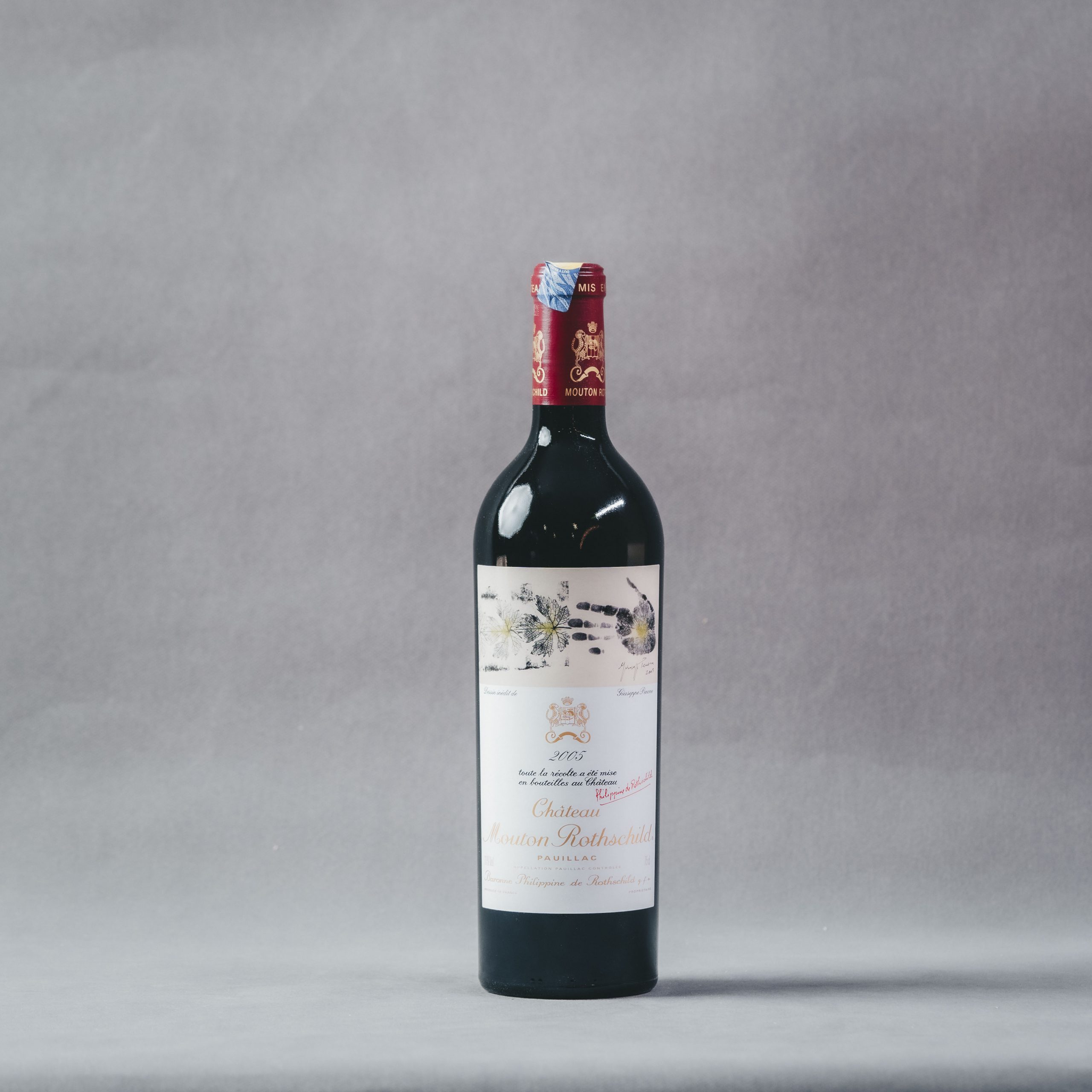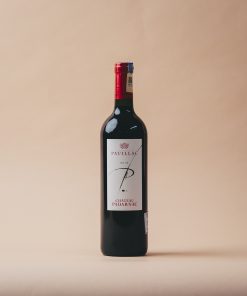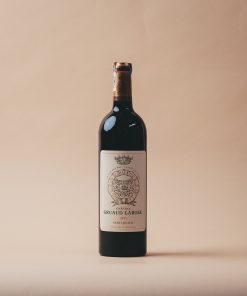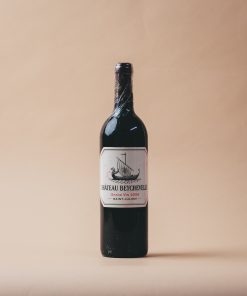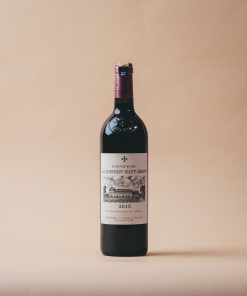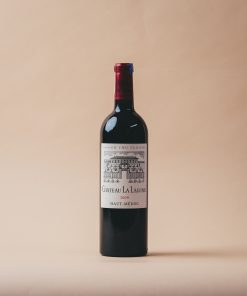CHÂTEAU MOUTON ROTHSCHILD 1ER GRAND CRU CLASSE, PAUILLAC 2005
RM4,120.00
15 in stock
Cabernet Sauvignon 85%, Merlot 14% and 1% Cabernet Franc
Château Mouton Rothschild is located in the commune of Pauillac, in the Medoc, 30 miles (50km) northwest of the city of Bordeaux. The grand vin is among the most highly rated and priced wines in the world, and is generally regarded as the most exuberant and powerful of all Bordeaux. It was famously added to the First Growths set out in the 1855 Classification in 1973. The château started life as Brane-Mouton, and was among the best in Bordeaux through the 18th and early 19th Centuries, although there was a dip in quality and price in the 1840s. The Rothschild family bought (and renamed) the property in 1853 and quickly restored its reputation.
The estate comprises 84 hectares (207 acres) of vineyards, mainly on gravel-based soils, and is situated in the northern part of the commune just south of Château Lafite Rothschild. Most of the vineyard is planted to Cabernet Sauvignon (80 percent), with 16 percent planted to Merlot as well as small plots of Cabernet Franc and Petit Verdot. The portion of each variety vinified into the grand vin depends on the vintage but will always be Cabernet Sauvignon dominant thanks to variety’s rich content of supple tannins. The vineyard, typically for top Médoc estates, is densely planted and the average vine age is more than 40 years old. Harvest is done by hand, and the juice is fermented in oak vats in a gravity-fed vat room opened in 2012. After fermentation, the wine sees 18 months in new oak prior to bottling. Mouton Rothschild produces up to 350,000 bottles of wine each vintage,
TASTING NOTES
The 2005 Château Mouton-Rothschild is a deeply impressive First Growth. It has been blessed with a sensational nose that comes racing out of the blocks with audacious scents of black fruit, cedar, smoke and pencil box (Philippe Dhalluin mentioned that the signature smokiness/fireside hearth was tangible in around 80% of the vats during élevage). There is a sense of bravura here, of aristocracy. The palate is medium-bodied with sumptuous black fruit, perhaps beginning to soften in texture, one or two years off its plateau. There are layers and layers of black fruit intermingling with graphite and black pepper, and it wisely reins everything in on the finish that is more classic in style and in keeping with the vintage. If you are fortunate enough to have this wine in your cellar, even though those tannins are starting to be abraded by time, afford it another five or six years.
ROBERT PARKER – 98POINTS

